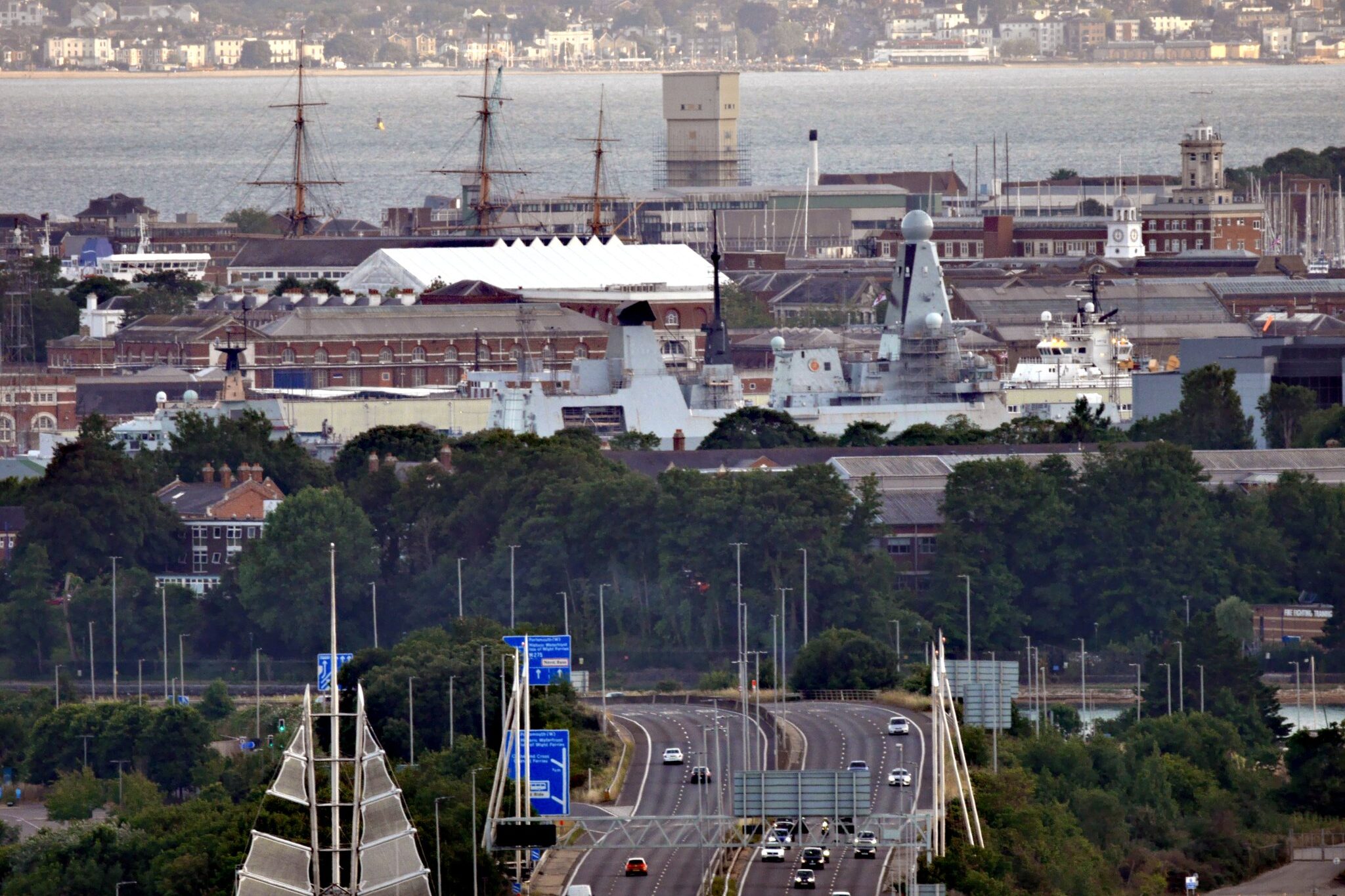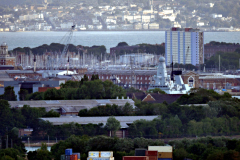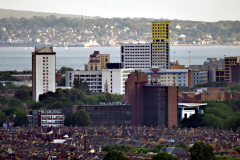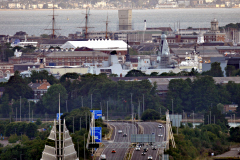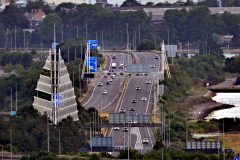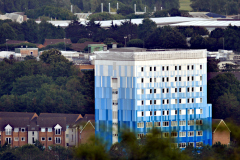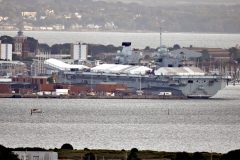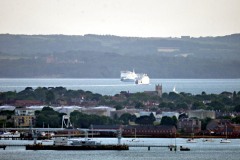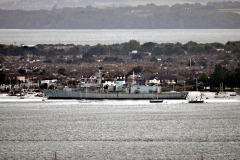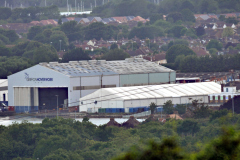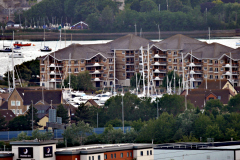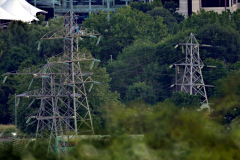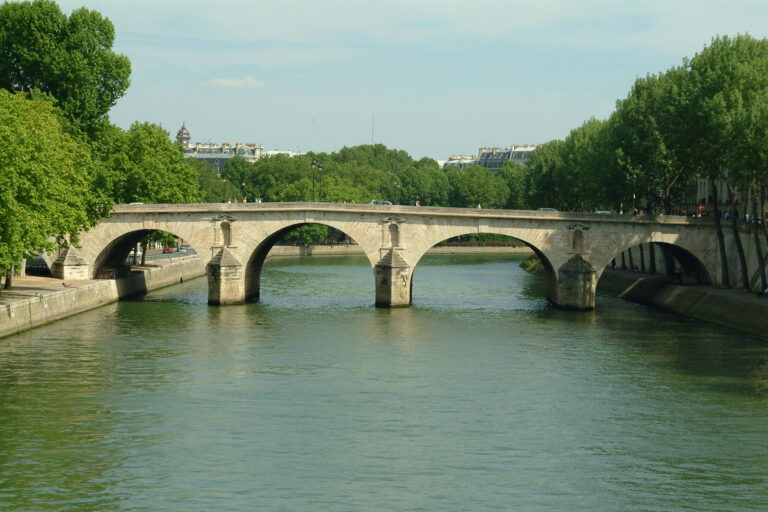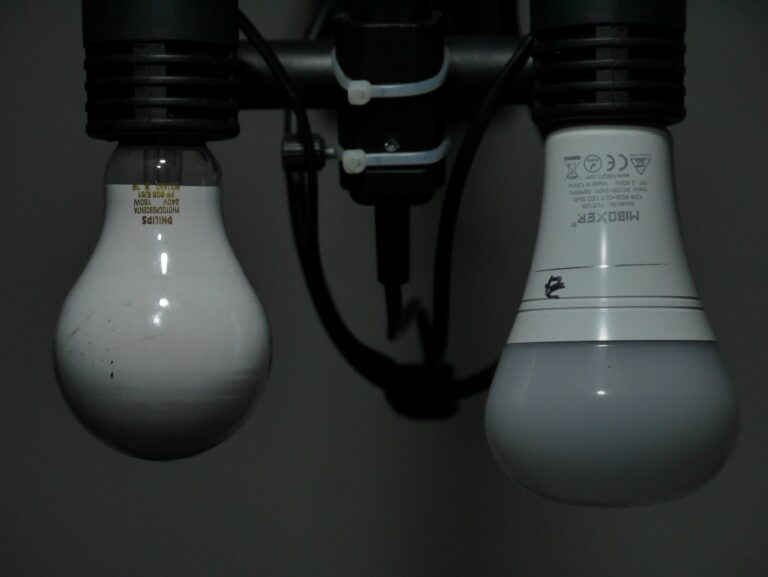Testing my cat
By which I mean testing my Tamron 500mm Catadioptric lens. It was a nice warm reasonably clear day today, peaking 24°C. So about an hour before sunset I took my Tamron, fitted on the front of my µ4/3 Lumix DMC-GX7 up to my favourite vantage point on Portsdown Hill, Hampshire. This is a wonderful place to take pictures because of its commanding view over Portsmouth, Gosport and the Isle of Wight.
I always loved Portsdown Hill, ever since my dad took me up there when I was just six years old, in his old red VW Beetle, Beethoven’s 6th playing on the Pye Cambridge AM car radiio. I still remember how it felt like we’d just driven to the top of the world. But I digress…
These images are not quite SooC (straight out of camera). It was quite a hazy evening. So I stretched the contrast a bit to compensate for this. However all the other anomalies and defects are left as-is.
Using a Tamron 500mm Catadioptric
I know catadioptrics have issues and are certainly not everybody’s cup of tea. One of the problems with most cats is that the aperture is fixed. In the case of this lens it’s f/8. The hyperfocal distance of a 500mm at F/8 on a µ4/3 sensor (17.3mm x 13mm) is around 2.2 km – about a mile and a third in “old money”. But it’s slightly more complex in this instance because Adaptall type lenses often focus slightly “beyond infinity“. I’m guessing this was to allow for tolerances in adaptor design, to make sure that the lenses would actually focus to infinity regardless of the camera upon which they were mounted.
However, this overshoot makes focussing be a tad tricky. You have to twist the lens to infinity position, then turn it back very slightly, Fortunately my µ4/3 cameras have quite good focus highlighting. This seems to work moderately well with this lens, even if the squiggly lines are a little hard to see, at times. Thus making it possible to obtain a reasonably sharp focus even on quite a hazy day.
Anyone for doughnuts?
Main problem with catadioptric lenses is that the front of the lens effectively has a massive hole in the middle. When one is focussed on an object, this is not an issue. However, strange artefacts can appear when the lens is defocussed. It often forms a sort of doughnut-shaped bokeh. You will notice that some areas in the images that are out of focus also have doughnut-shaped bokeh. I think there are some small specks of dust on my sensor, and they seem to have become doughnuts too.
Despite their shortcomings, I love catadioptric lenses. They look cool and really appeal to my “inner six-year-old“. The biggest advantage of catadioptric lens is that for a given focal length, it is significantly smaller and lighter than a conventional lens. This particular lens weighs just 646 grams. For a 500mm, that is incredibly lightweight. Fitted to one of my little Lumix µ4/3, that’s a combined mass of just 1.15 kg. For a camera setup that can see things 20 km away, is not too bad really.
Regular readers will also know that I have something of a penchant for vintage Tamron MF lenses. I have collected quite a few of them over the years. I reckon this was made probably early mid 1980’s and has become one of my favourites.

Viewpoint
I was up on Portsdown Hill, Hampshire, England, facing mostly south, between bearings of approximately 135° and 225°, at an elevation of roughly 100 metres. My approximate position is marked with a blue triangular flag in the OpenStreetMap screen grab below. Note, top of map is north and most of Portsmouth (to the south) is just a few metres above sea level.
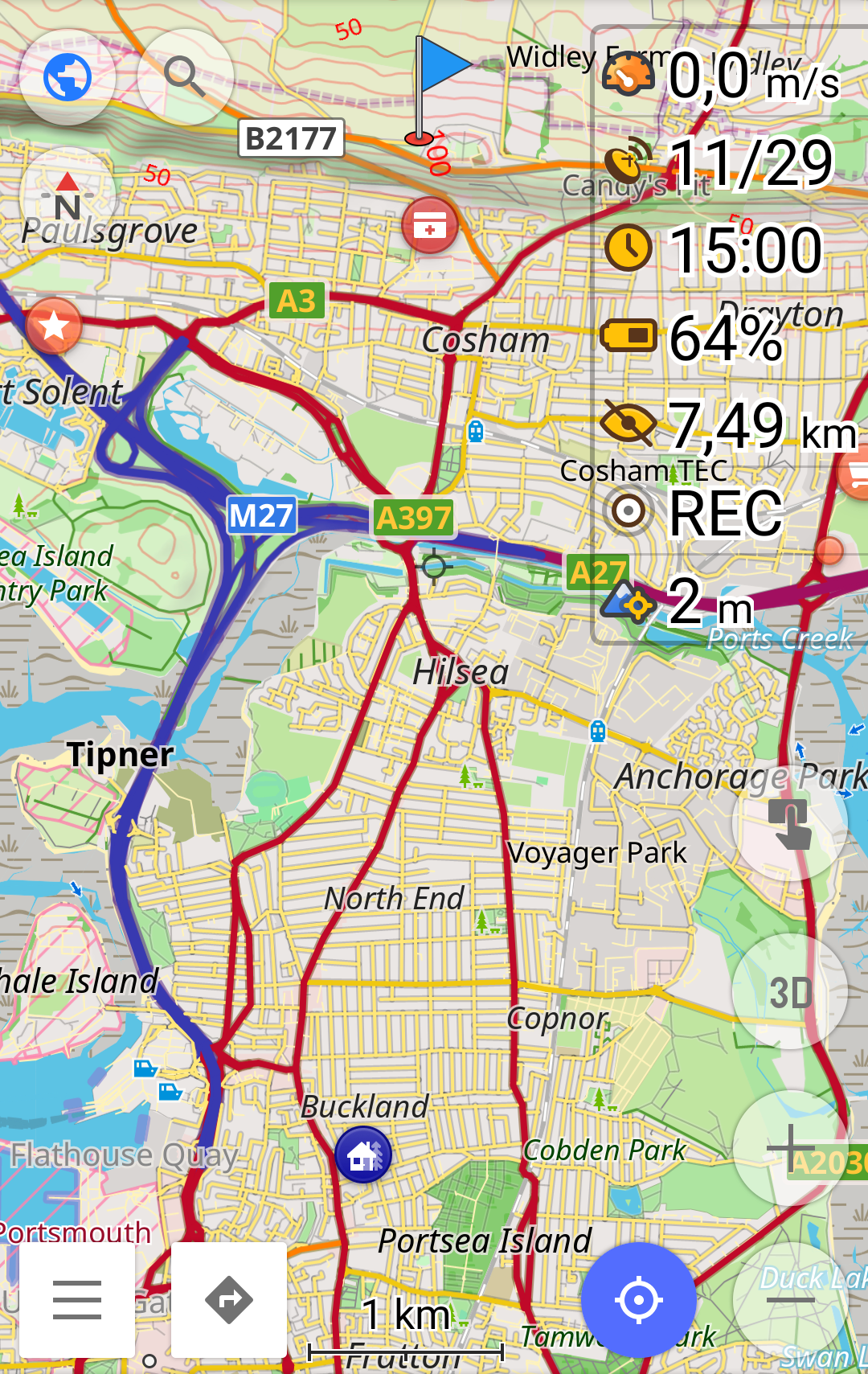
- More information about Tamron Lenses…

